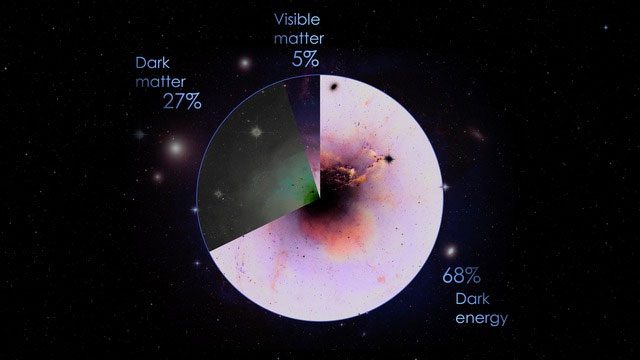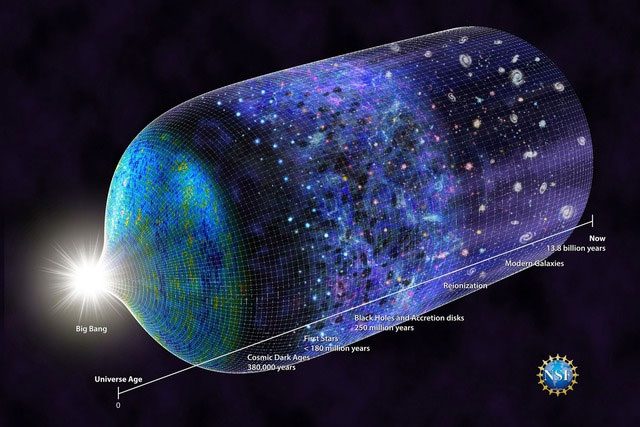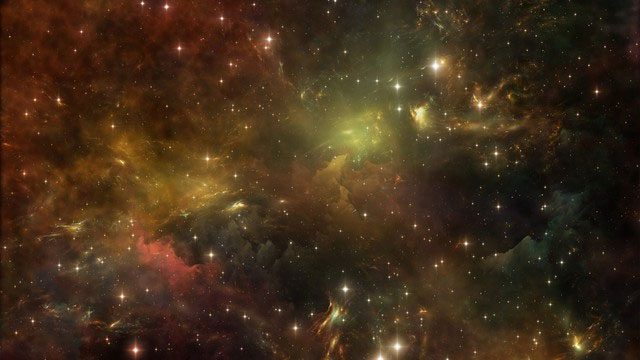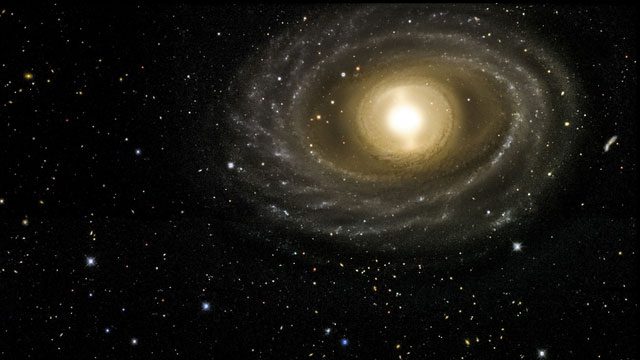Modern astronomical research indicates that the universe originated from a peculiar explosion 13.8 billion years ago, and since then, it has been expanding, with the observable universe reaching approximately 93 billion light-years in diameter. However, this does not mean that the universe is only that large; the true size of the universe may far exceed our imagination.
When asked what lies beyond the universe, scientists respond that there is no time or space outside, suggesting a concept of nothingness. However, the issue lies in the fact that the expansion of the universe is still accelerating, which implies that there must be space beyond it. So, what exactly is beyond the universe?

The true size of the universe may far exceed our imagination. (Illustrative image).
In the field of astronomy, the term “observable universe” is commonly used. So, what is the observable universe? To explain this, we need to start with the Big Bang.
After Einstein proposed the theory of general relativity, applications of this theory to cosmology began to develop. Many scientists, based on the origins of general relativity, concluded that the universe is a dynamic process. Lemaître, a Belgian astronomer and physics professor at the Catholic University of Louvain, further proposed the primordial atom hypothesis, which is essentially a precursor to the Big Bang theory.
During this time, Hubble observed that more distant objects were moving away from us at a faster rate, reinforcing the idea that the universe is expanding. Later, the primordial nucleosynthesis theory by American physicist George Gamow was confirmed through the distribution of matter observed by radio telescopes. The existence of cosmic microwave background radiation was predicted by Ralph Alpher and Robert Hermann and confirmed by observations in 1964 by Arno Penzias and Robert Wilson.
These observations further supported the Big Bang theory, making it dominant within the scientific community. Based on observational data and inferences, scientists believe that the Big Bang occurred about 13.8 billion years ago.

The birth of the universe and the observable universe are closely related. (Illustrative image).
The birth of the universe and the observable universe are closely interconnected. Each moment reflects the limits of human observation. For example, the farthest object we can currently observe is the galaxy GN-Z11, located about 13.4 billion light-years away. Based on the expansion of the universe, it is actually about 30 billion light-years away from us. Beyond the limitations of observing visible light, we can also observe electromagnetic radiation across a full range of wavelengths.
About 380,000 years after the Big Bang, the first photon stream was released, forming the cosmic microwave background radiation. This observation was discovered by Arnold Penzias and Robert Wilson in 1964 and is located at a distance of approximately 46.1 billion light-years (note that this is a radius).
In addition to cosmic microwave background radiation, we can use neutrinos as an observational method. Neutrinos separated from other particles about one second after the Big Bang; if we could capture neutrinos at that moment, they would carry information from about one second after the universe’s birth.
Finally, gravitational waves are also an important observational method. Gravitational waves were generated during the first Planck time after the Big Bang. Theoretically, if we can detect gravitational waves from that moment, we would be able to understand everything about the universe since its inception.

The entire universe is a product of the Big Bang, with spacetime and matter existing within it. (Illustrative image).
According to the Big Bang theory, there is no world outside the universe. The entire universe is a product of the Big Bang, with spacetime and matter existing within it, while the outside remains chaotic. However, scientists are not satisfied with this perspective; they hope to verify the structure of the universe by measuring its size.
Based on observations from the Sloan Digital Sky Survey and the Planck satellite, the universe appears flat and infinite, unlike the super-inflated sphere we initially thought. However, this does not mean that the universe is flat and open; scientists suspect that the universe may be curved and closed beyond our observational limits. Due to the vast scale of the universe, we can currently only observe about 93 billion light-years, making it impossible to determine whether the universe is closed or open.
In addition to measuring the size of the universe, scientists also use methods such as baryon acoustic oscillations to obtain more information about it. According to observations of baryon acoustic oscillations, the universe may be more than 15 million times larger than what we currently think of as the observable universe, reaching a scale of 23 trillion light-years. This means that there could be a fractal spacetime bubble within the universe, containing many other universes similar to ours, with the same physical laws, physical structures, and conditions that could allow complex life to form.

The universe began experiencing accelerated expansion about 6 billion years ago. (Illustrative image).
In the process of the universe’s evolution, scientists have also discovered the existence of dark energy. Observations of Type Ia supernovae (one of the types of supernovae that occur from the explosion of a white dwarf) in 1998 revealed that the universe began to undergo accelerated expansion about 6 billion years ago. Scientists proposed the concept of dark energy to explain this phenomenon.
This discovery surprised scientists who believed that the universe could continue to expand under the influence of dark energy until the last atom is torn apart. In this context, the future of the universe becomes concerning. Even excluding the possibility of a Big Crunch, the universe will ultimately reach thermal death. Over time, the universe’s entropy will continue to increase, progressing from order to chaos, until all effective energy in the universe is converted into thermal energy and matter reaches a state of thermal equilibrium.
In this state, the universe will enter the thermal death phase. The universe will enter the lowest energy state.


















































